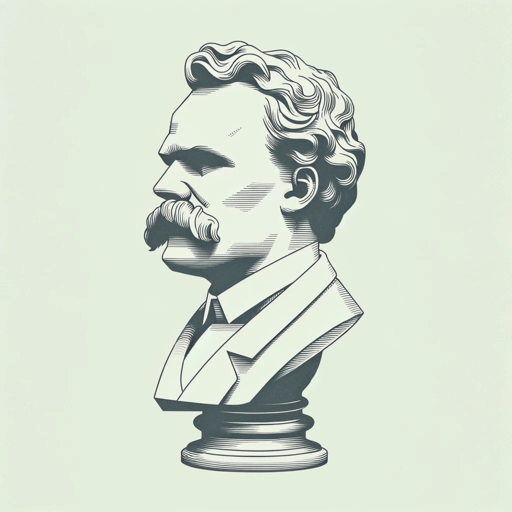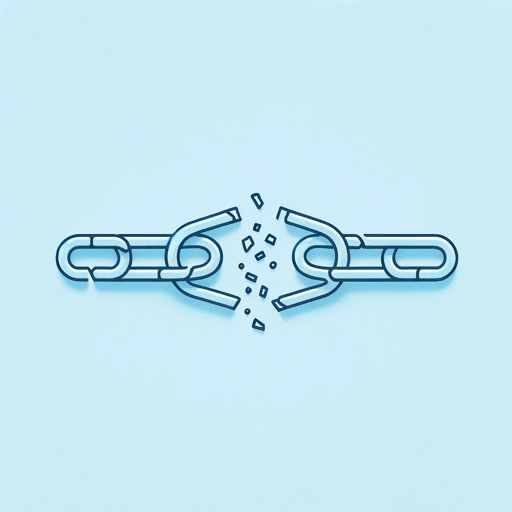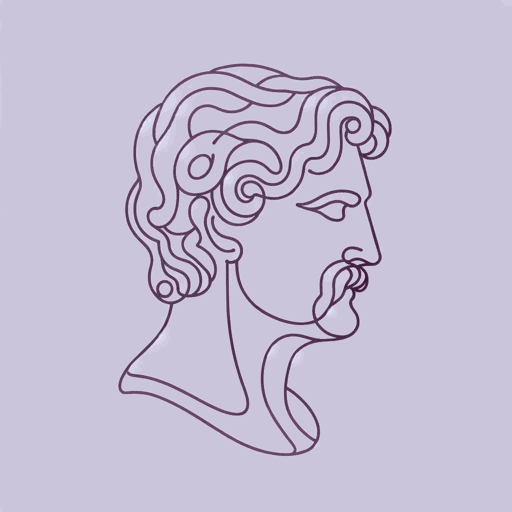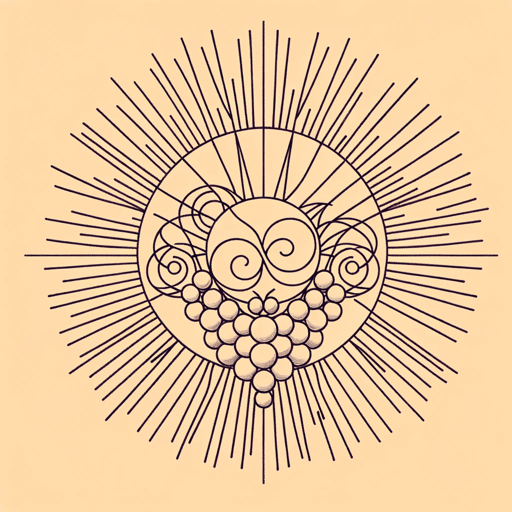32 pages • 1 hour read
Friedrich NietzscheThe Birth of Tragedy
Nonfiction | Book | Adult | Published in 1872A modern alternative to SparkNotes and CliffsNotes, SuperSummary offers high-quality Study Guides with detailed chapter summaries and analysis of major themes, characters, and more.
Chapters 16-25Chapter Summaries & Analyses
Chapters 16-25 Summary
Nietzsche argues that the defining conflict of the day is that between “insatiable optimistic knowledge” and “the tragic need for art” (76). Only the future will decide which principle will win out, but there are signs on the horizon of a revival of the tragic spirit among people who have realized the limitations of the scientific worldview.
Nietzsche consolidates some of the ideas he has explored up to now. In addition to the Apolline/Dionysiac divide, he posits one between the “plastic” arts (e.g., sculpture and painting) and music, which is superior because it is “the immediate language of the will” (79). The plastic arts, by contrast, thrive on the healing power of illusion because they depict natural phenomena, and thus they are inherently Apolline in nature. Music alone can convey tragedy and the Dionysiac because it points to an eternal, collective life beyond this life; it is thus the ideal means for depicting the destruction of the noble individual, which is the essence of tragedy.
The problem with music in contemporary times is that it is too often degraded to the level of depicting emotions and natural phenomena, a role shared by the plastic arts.
Related Titles
By Friedrich Nietzsche

Beyond Good And Evil
Friedrich Nietzsche

On The Advantage And Disadvantage Of History For Life
Friedrich Nietzsche

On the Genealogy of Morals
Friedrich Nietzsche

The Antichrist
Friedrich Nietzsche, Transl. H.L. Mencken

The Gay Science
Friedrich Nietzsche

The Will to Power
Friedrich Nietzsche, Ed. Walter Kaufmann, Transl. R.J. Hollingdale

Thus Spoke Zarathustra: A Book for All and None
Friedrich Nietzsche

